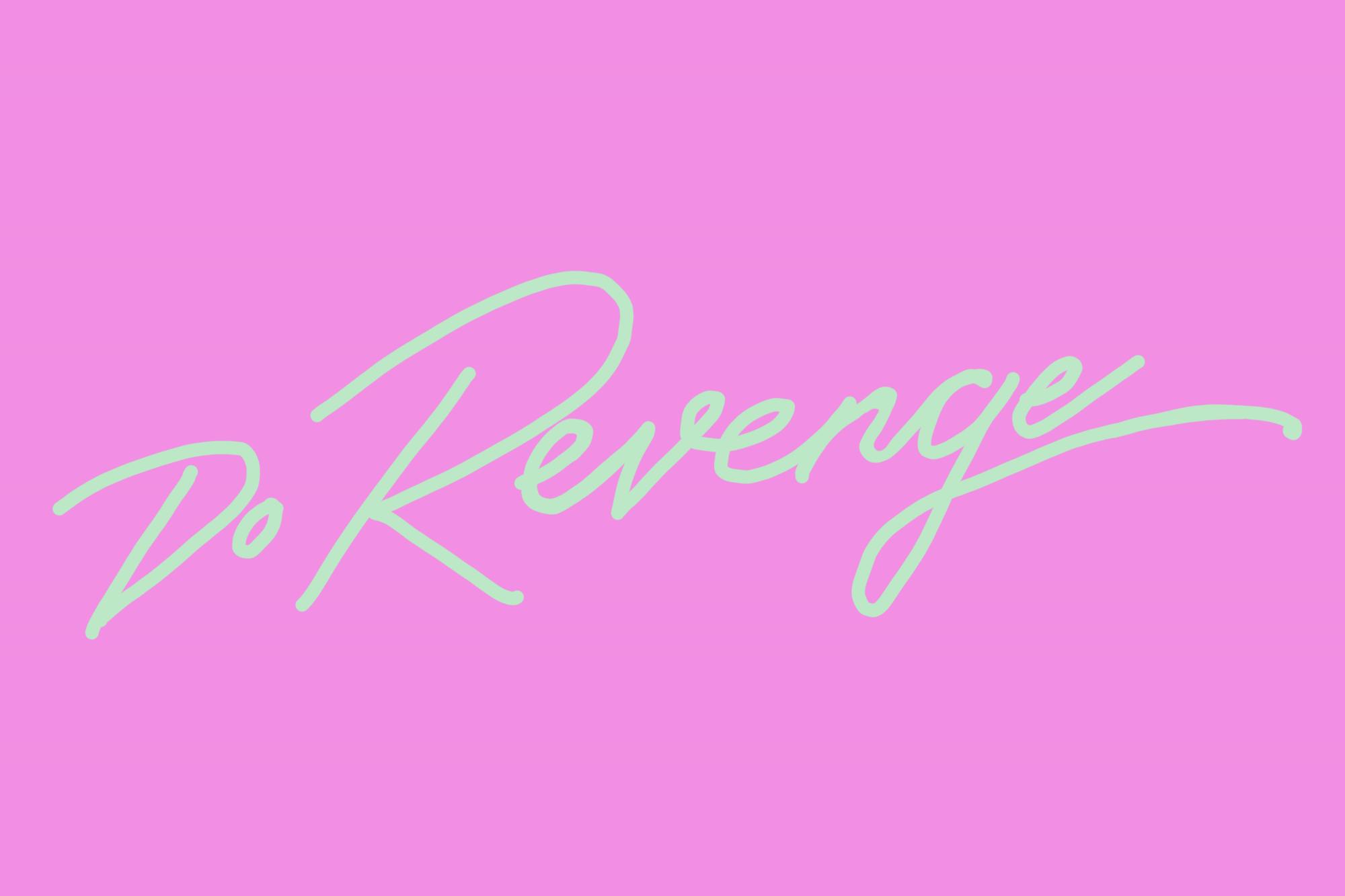Jennifer Kaytin Robinson’s “Do Revenge” is a complex film filled with contradictions. The film contains a serious premise, but treated playfully. The story feels classic and yet the spin is modern. But, the further you analyse “Do Revenge” and the climate it’s set in, the more sense it starts to make.
“Do Revenge” stars Camila Mendes of “Riverdale” as Drea Torres, a queen bee at an upper echelon private school who harbors dreams of going to Yale University. On the surface, Drea has everything she wants: she’s at the top of the social food chain, is in love with her boyfriend Max (Austin Abrams) and holds the Teen Vogue title for “Teen of the Year.” Despite this, Drea has crippling imposter syndrome. As a Mexican-American low income student, this only intensifies when someone leaks an intimate video she sent to Max. Drea thinks Max was the perpetrator, a claim he profusely denies. Of course, the school rallies behind Max, leaving Drea as the outcast, slut-shamed pariah of Rosehill Country Day school. Enter Eleanor (Maya Hawke), a lesbian social reject, who is haunted by an incident that took place at a summer camp years ago — where she was outed by another Rosehill student, Carissa. An unlikely duo, Drea and Eleanor turn the tables on their nemeses — each slaying the other’s demons so that the crimes can’t be traced back to them.
“Do Revenge” borrows much of its narrative arc from Alfred Hitchcock’s “Strangers on a Train.” Both “Strangers on a Train” and “Do Revenge” include victims who eventually turn the tables, so that the villains then become the victims. Robinson and her co-writer, Celestine Ballard, also mined content from classics like “Mean Girls,” “10 Things I Hate About You,” “Rushmore” and even “Buffy The Vampire Slayer.” The film is the latest installment in what I call ‘TikTok movies’ — other members include Netflix’s “He’s All That” and Hulu’s “Crush”. These are films that transplant classic stories to suit a modern audience. Inspired by these stories, director Jennifer Kaytin Robinson takes a similar approach with “Do Revenge.”
Robinson and Ballard equally submit to and subvert the stereotypes that pepper their script. So, when we roll our eyes at the clichéd makeover montage that’s been done to death in Hollywood, there is a sense that the makers are rolling their eyes too. Their treatment is satirical, yet sentimental — while paying homage to these touchstones of teenage cinema, they infuse the film with a new-age sensibility. The only currency that matters is social currency. Revenge is perpetrated by leaking text messages, not cold-blooded murder — and for the first time, women become the autonomous charterers of their own destinies.
Perhaps unintentionally, “Do Revenge” is undoubtedly feminist in its treatment. Mainstream Hollywood has long used misogyny as a device for laughs, or morbid vigilante retribution. “Do Revenge” exists as a hybrid of these two extremes: sexism is both a device for self-aware laughs as well as retribution. The film occupies a moral gray area reflected in its two female leads, both of whom revel in their morally murky and selfish exigencies.
Both Drea and later Eleanor are awfully unlikable: Drea is casually upfront about her selfish motives from the beginning; Eleanor is a deliciously unhinged type of vengeful. This is a refreshing change from a cinematic landscape in which women are portrayed as reactants rather than catalysts of their environments. In the “Do Revenge” world, Robinson highlights the authority that women have with a poetic flourish. This embedded lyricism couldn’t have worked if either Camilla Mendes or Maya Hawke had faltered — the actors are in nearly every scene of this film. Luckily, they’re pitch perfect.
Mendes seems to have a gleeful time portraying Drea. The actor’s best scenes are where she strips away Drea’s self-assured exterior to reveal a more fragile and brittle interior. The actor’s vulnerability is fantastic and allows Drea to become a flesh-and-blood character that goes beyond any stereotypical portrayal of high school girls. She finds a worthy sparring partner in Hawke. The main twist in the film centers around Eleanor — so Hawke does the heavy lifting towards the latter half of the film. She’s awkward, charming and sexy in the same shot. It’s a masterclass in disguise, and one of her best roles to date.
Beyond its layered storytelling and powerful acting, “Do Revenge” is a technical marvel. Cinematographer Brian Burgoyne lights up the saturated frames, taking obvious cues from Wes Anderson’s school of filmmaking. There is a painstaking attention to symmetrical detail and bright and vivid colors that pop off the screen. Costume designer Alana Morshead dresses the character in summer-inspired berets, pastel cardigans and plaid skirts; the film pays homage to the styles made famous by “Mean Girls” and “Clueless.” And finally, music supervisor Rob Lowry hits it out of the park, creating a confluence between nostalgia and novelty. Olivia Rodrigo’s “Brutal” features alongside The Cranberries “Dreams” in a soundtrack that’s equally timely as it is timeless.
Ultimately, Jennifer Robinson’s sophomore feature is a brave, satirical spin on “Strangers on a Train.” “Do Revenge” exists in two cinematic spheres — popcorn entertainment and thought-provoking cinema. I suspect the film may divide viewers: Some may view the in-your-face treatment as jarring, while others may see it as disruptive of the art culture we experience today. I exist in the latter half of viewers, firmly believing that Robinson’s treatment of topics like feminism, retaliation, and social media is new, adventurous and daring.
After all, revenge is a dish best served bold.
Rating: ★★★★☆




